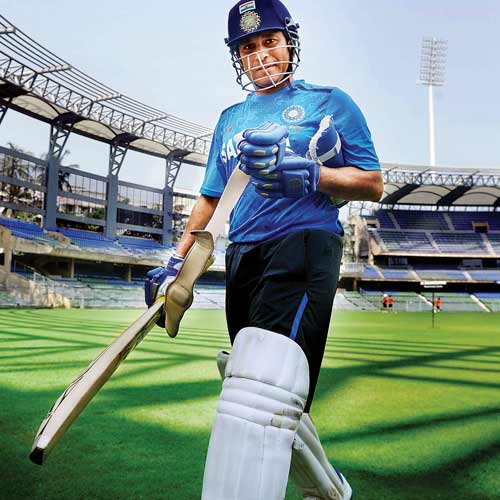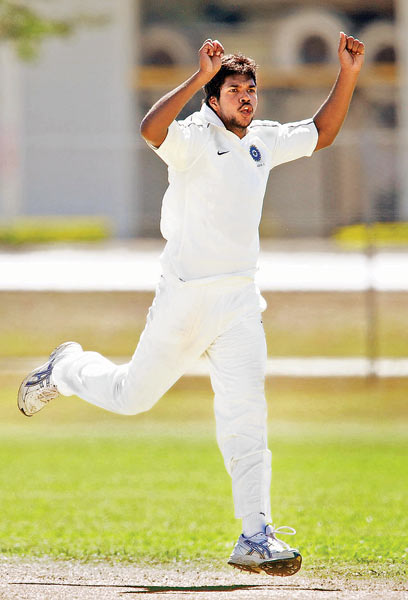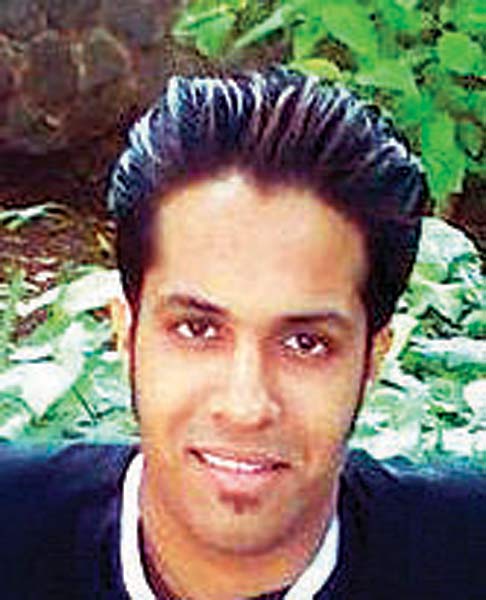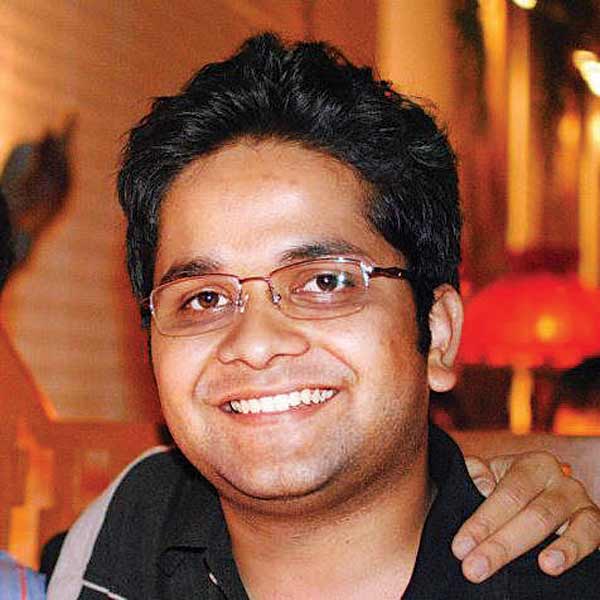The jury will be out for a long time on Justice Ganpat Singh Singhvi’s rulings on how the government of India and
India Inc do business.
But there’s a striking unanimity of views on how Justice Singhvi, who retires on December 11, conducts his judicial business – tough but soft-spoken on the bench, a fine judicial mind, a
judge of enormous personal integrity and unafraid to take big calls on big issues involving big names.
In January 2012, Justice Singhvi, along with Justice AK Ganguly, was to deliver the ruling on the Prime Minister’s role in the 2G telecom licence policy. The government, political class and media held their breath. The bench said the PM was ‘poorly advised’. UPA avoided a major crisis. But it was a close thing.
And after that, the 2G bench, in a decision that changed Indian telecom and government approach to resource allocation, cancelled all 2G licences issued during A Raja’s tenure as
telecom minister in 2008.
The drama and tension of those weeks was a fine demonstration of how influential Justice
Singhvi has been since he took over
Supreme Court duties in November 2007. The judge, born on December 12, 1948, will retire a day before his 65th birthday.
A short list of Justice Singhvi’s major judgments (See graphic) represent a long line of worries for India Inc and GoI. Justice Singhvi is also hearing the appeal against Delhi high court’s decriminalisation of homosexuality, the PIL against ‘improper’ use of red lights and beacons on VIP vehicles, appeals against new official drug pricing formulas and the ban on ‘gutka’.

Here is a judge whose impact will be felt long after he retires. Justice Singhvi’s many admirers, some of whom disagree with his landmark rulings, hope that certain standards of conduct he has established also survive his retirement. His son practices only in the
Delhi High Court.
That a senior Supreme Court judge’s lawyer-son would avoid the apex court is rare example of legal propriety these days, many members of the legal establishment point out.
Retired Justice Ganguly, the second member of the now famous 2G bench, told ET, “He (Justice Singhvi) has very strict views on moral principles. He sets very high standards.”
Son of a prominent criminal
lawyer in Rajasthan,
Singhvi was famous as a lawyer who never charged high fees. “He would take what his clients could give,” said a lawyer who worked with him before Singhvi became a judge.
It was typical of Justice Singhvi, senior lawyers and some fellow judges say, that about a fortnight back he himself stepped down from the telecom bench, citing insufficiency of time given his December retirement and the complex nature of cases. Justice HL
Dattu has been appointed in Justice Singhvi’s place.
Justice Dattu, given the succession order in the Supreme Court, should be appointed
Chief Justice in the near future. Justice Singhvi, second in the
Supreme Court pecking order, will retire without having the top legal job listed in his otherwise impressive curriculum vitae.
He isn’t retiring as Chief Justice of India because, “he stood up for striking judges in the Punjab and
Haryana High Court in mid-2005… when they were protesting against the then High Court Chief Justice,” says
Additional Solicitor General and one-time junior of Justice Singhvi, Paras Kuhad. “It was an act of courage and conviction that cost him the top job,” Kuhad says.
Many senior members of the legal establishment confirm this, though they are unwilling to go on record on the matter of Supreme Court succession.
Many more speak of his generosity as a host. A diabetic who also underwent an angioplasty, Justice Singhvi is restricted to a simple diet, but his visitors are served delectable munchies, says a junior.
There’s an open door policy at the judge’s bungalow. Birds, stray dogs…no one is turned away. “How many VVIPs in New Delhi do you think would take care of a stray,” asks a senior lawyer, adding that such kindness is typical of the man.
That the
same counsel, an expert in corporate affairs, especially in telecom matters, also criticises Justice Singhvi’s 2G judgment tells you that even in these charged times, the judge’s personal qualities are of such high order that they survive harsh opposition to some of his judicial pronouncements.
It’s always tough to decode a Supreme Court judge’s personal political philosophy. But those who have followed Justice Singhvi’s career closely say he is a
judge whose sympathy lies with those lower in the pecking order.
“He thinks India’s is a deeply iniquitous society…he thinks the law, properly applied, can be a corrective…but he is an optimist about India,” said a
senior lawyer who has known Justice Singhvi for years.
“He didn’t distinguish properly between the causes of corruption and the outcome of corruption,” said another
senior counsel, critiquing Justice Singhvi’s rulings on cases involving government-business policy interactions. Activistlawyer
Prashant Bhushan said, “it’s hard to find a judge like Justice Singhvi…others have to follow his standards”.
Deeply divided opinions on Justice Singhvi’s landmark rulings are as common as deeply fond recollections of his personal traits.
“He starts reading his case papers at 5.30 am,” says Kuhad, “and you simply can’t be late or ill-prepared when working with him.” “His memory is amazing,” said
Rajiv Dhavan, a noted constitutional expert.
“It’s when he smiles that you have to be most
careful,” said a
lawyer who’s appeared many times before Justice Singhvi. “When he smiles, and speaks softly, you know something’s coming your way,” he said.
In the few weeks left of his time as a
Supreme Court judge,
India Inc, GoI, and many others would carefully watch out for that smile. Expect Justice
Singhvi, in his own quiet way, to make a few more headlines – and leave a lot of more questions for some of India’s most powerful to deal with.






 The agency told the court that last Tuesday it named Parakh, Hindalco, and Aditya Birla Group’s chairman Kumar Mangalam Birla, along with unidentified “others”, in the FIR for alleged irregularities in the 2005 allocation of Talabira coalfield.
The agency told the court that last Tuesday it named Parakh, Hindalco, and Aditya Birla Group’s chairman Kumar Mangalam Birla, along with unidentified “others”, in the FIR for alleged irregularities in the 2005 allocation of Talabira coalfield.

 The BJP in Maharashtra has slammed the timing of the report. “The committee was set up five years ago, why has it submitted this report just before elections. The
The BJP in Maharashtra has slammed the timing of the report. “The committee was set up five years ago, why has it submitted this report just before elections. The